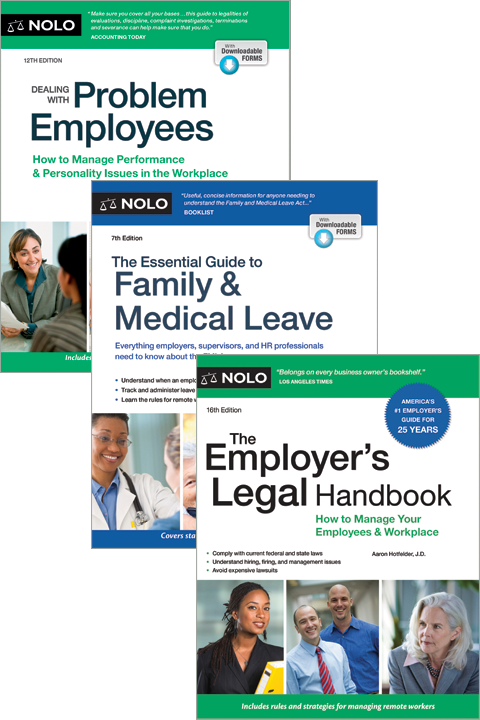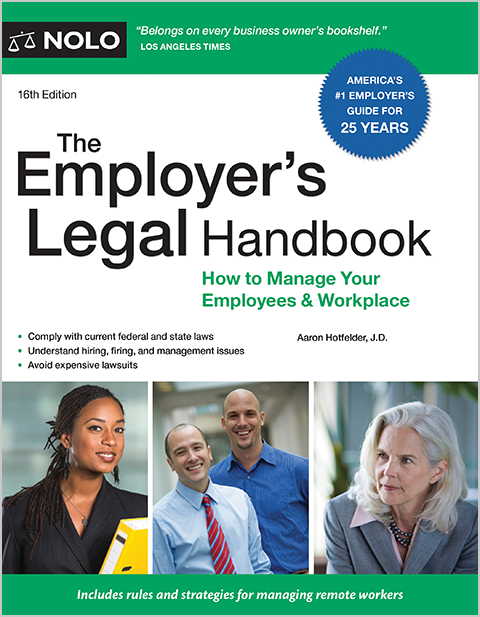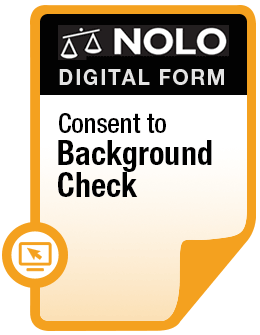Whether your employer has to provide a reasonable accommodation depends on two things: whether you have a disability, and whether the modifications you need would create an undue hardship for your employer.
ADA Disability Definition
The Americans with Disabilities Act (ADA) defines a disability as a mental or physical impairment that substantially limits a major life activity (such as walking, sleeping, or caring for oneself) or a major bodily function.
Rather than providing a list of conditions that are considered disabilities, the ADA instructs employers (and courts, if it comes to that) to look at how the employee's condition affects his or her functioning.
Because the symptoms and severity of fibromyalgia can vary, some people who have fibromyalgia may not be considered to have a disability as legally defined. However, recent amendments to the ADA make clear that Congress wants courts to err on the side of inclusion, allowing as many people to be covered by the law as possible.
Undue Hardship
Assuming you have a disability, the next question is whether accommodating you would create undue hardship for your employer. An employer doesn't have to provide a reasonable accommodation that would involve significant expense or difficulty, considering the size, resources, and type of business of the employer. For the symptoms you are experiencing, potential accommodations might include:
- changing the lighting in your workspace (and reducing computer glare) to minimize migraine triggers
- taking steps to diminish unnecessary noise in your workspace
- providing you with ergonomic options to vary your work position (for example, a desk that you can work at while sitting down or standing up, or a work station that allows you to recline), or
- allowing you to telecommute, vary your schedule on days when your symptoms are worse, or take time off as necessary.
Of course, the precise accommodations you need will depend on your job and your symptoms. As you can see from the list above, however, effective reasonable accommodations need not be particularly costly or disruptive. Even the smallest employer can afford a computer glare screen and non-fluorescent lighting!
Start the process with your manager by putting your disability and your request for an accommodation in writing. (For a sample letter and tips for writing your own, see Requesting a Reasonable Accommodation).
If your manager doesn't take you seriously, move up the chain of command. If your company has a human resources department, give them a copy of your request as well.



